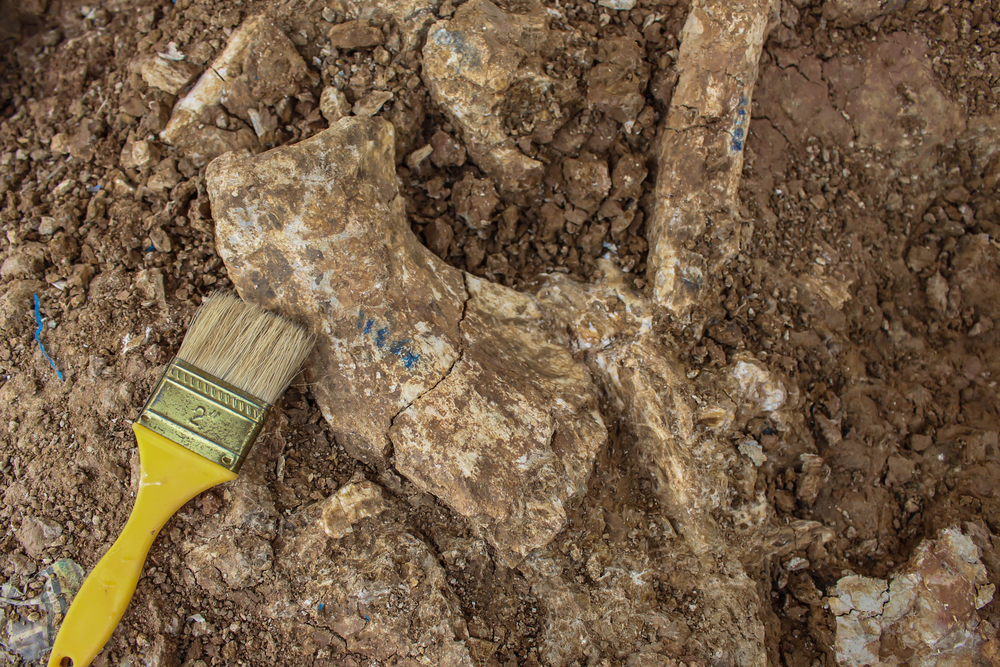
The teeth of a newly discovered species of dinosaur has piqued the interest of paleontologists.
A team of paleontologists from Belgium and France have found the fossil remains of Matheronodon provincialis— which is believed to be part of herbivore dinosaurs that also includes Iguanodon—and discovered their scissor-like teeth were likely used to cut rather than crush the fiber-rich leaves the dinosaur dined on.
“They operated like self-sharpening serrated scissors,” co-author Koen Stein of Free University of Brussels (VUB), said in a statement. “Its teeth have ridged surfaces but are only covered with a thick enamel layer on one side.
“Because the enamel is more resistant to wear than the exposed dentine, chewing actually keeps the teeth sharp,” he added.
The team found the remains of a jawbone and teeth at Velaux-La Bastide Neuve, a site north west of Marseille in the South of France that is known to have sediments from the Late Cretaceous, despite only being discovered in 1992.
The Museum of Natural Sciences organized two paleo trips to the site in 2009 and 2012 that resulted in hundreds of fossils of dinosaurs, pterosaurs, crocodiles and turtles.
The paleontologists believe the new species lived around 70 million years ago and grew up to be about five meters long. It only had a few but extremely enlarged teeth that were up to six centimeters long and five centimeters wide.
“The denture of this group had evolved in a different direction than that of their contemporaries, the hadrosaurs or duck-billed dinosaurs,” paleontologist Pascal Godefroit of the Royal Belgian Institute of Natural Sciences, said in a statement. “Hadrosaurs had sophisticated dental ‘batteries’ formed by little teeth with which they could crush conifers.
“Matheronodon and the other Rhabdodontidae probably ate leaves of palm trees, which were abundant in Europe at that time,” he added. “They had to cut rather than crush the fiber-rich leaves, before they could swallow them.”
The study was published in Scientific Reports.




